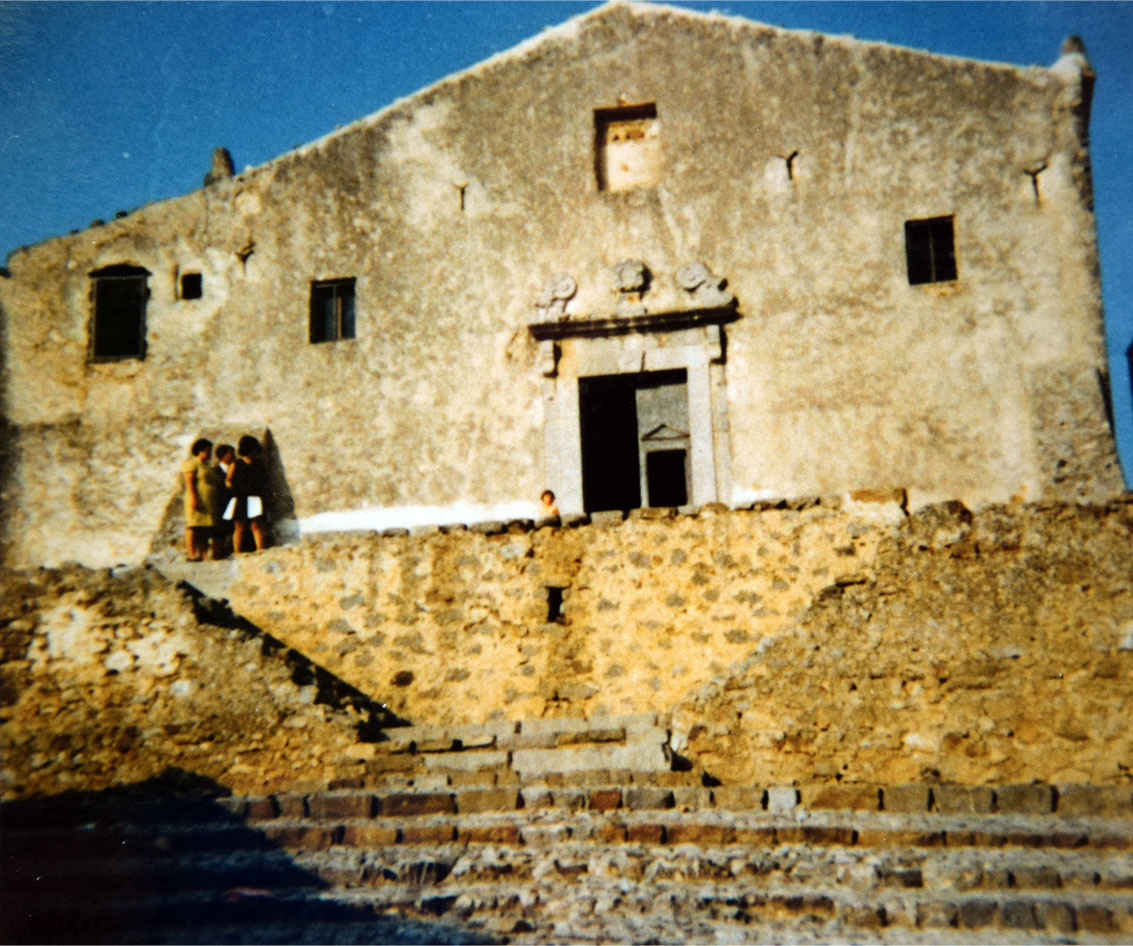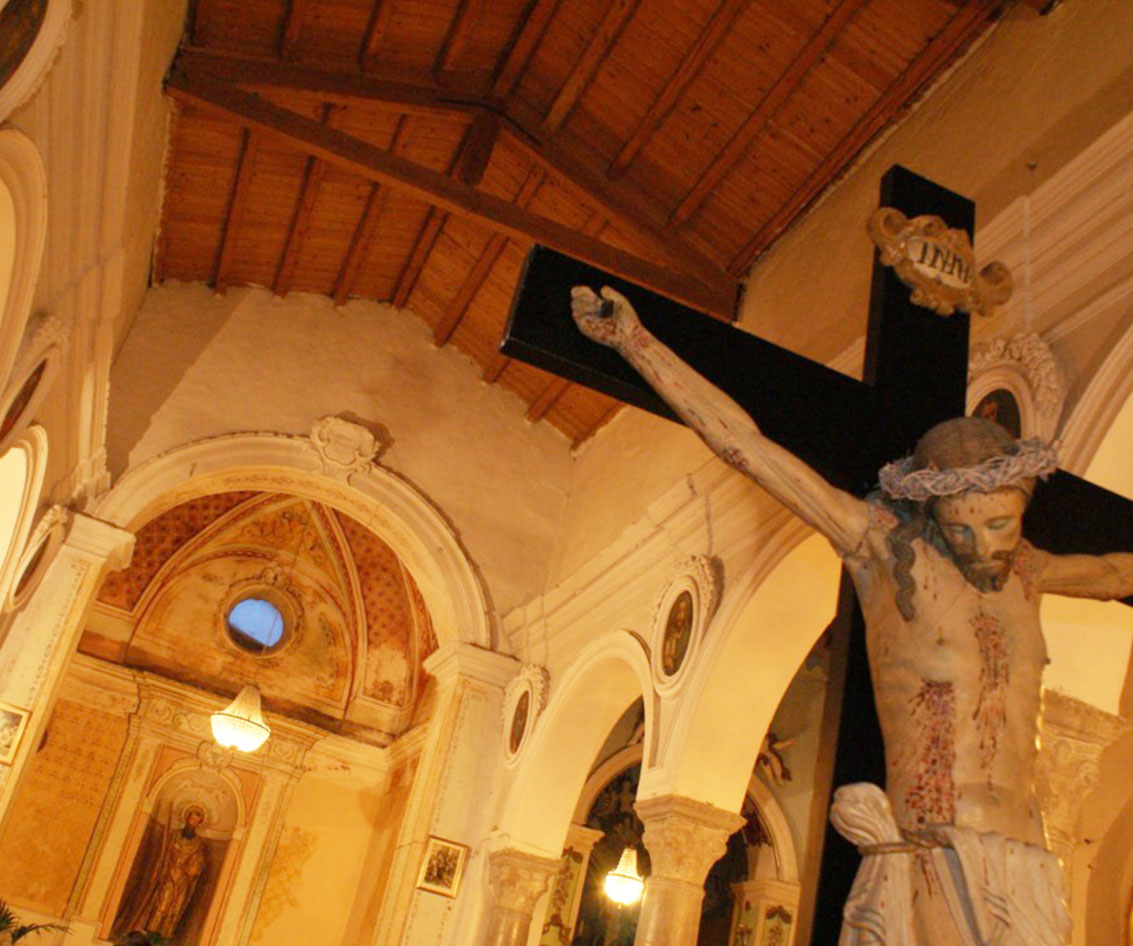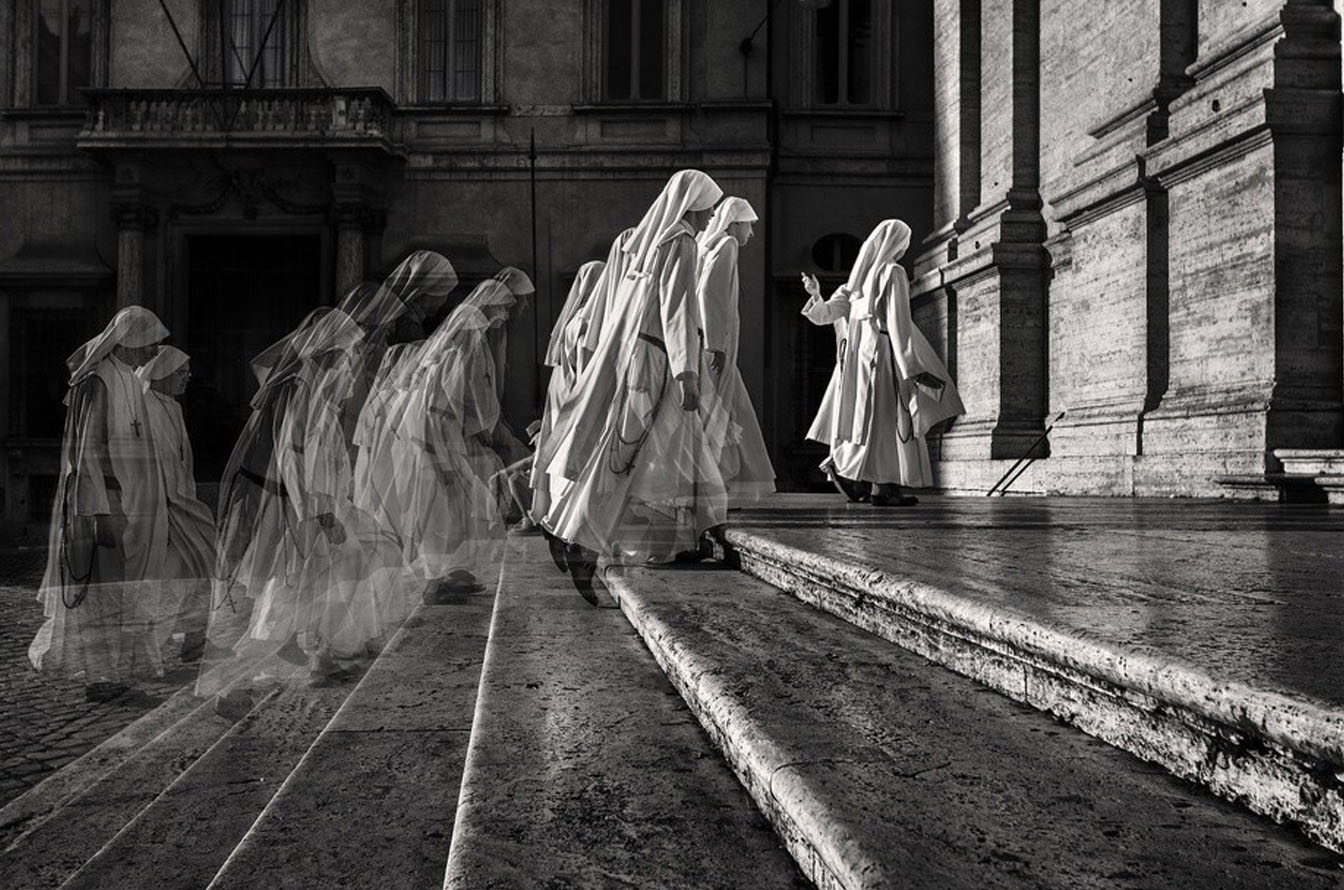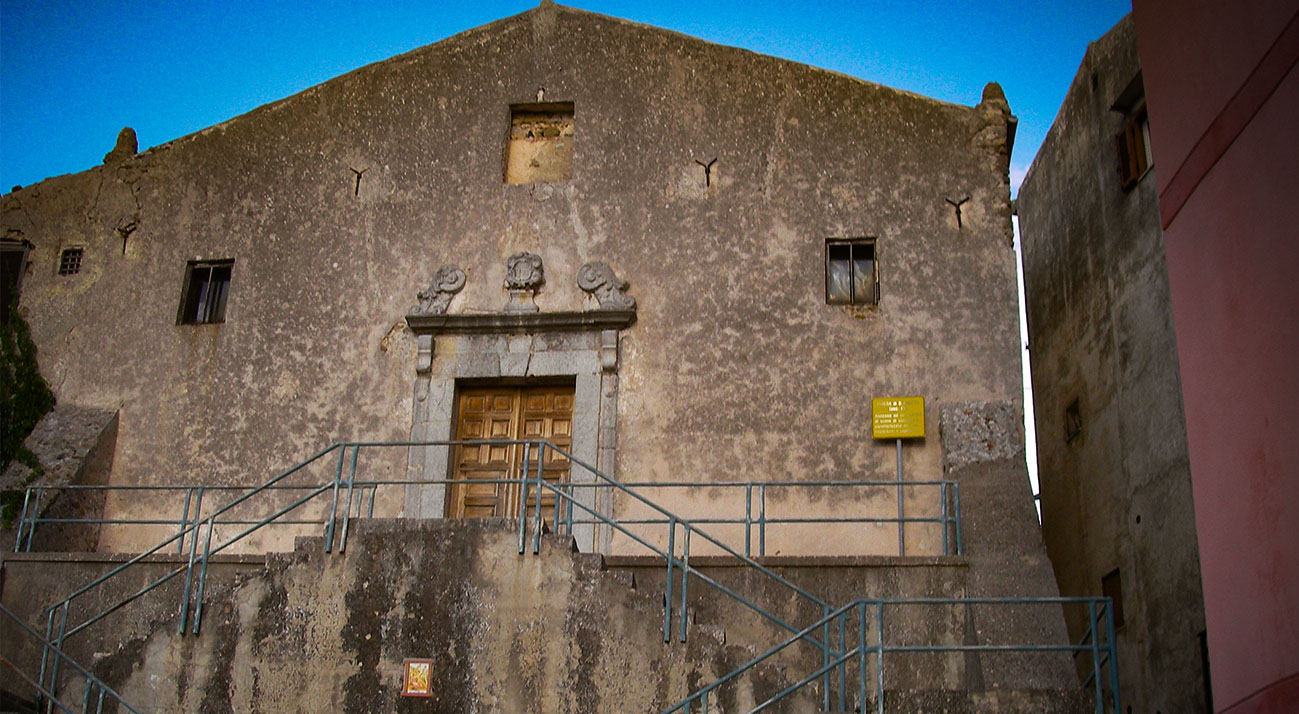Your basket is currently empty!
THE FAIRIES OF THE COLLEGE AND OTHER STRANGE WOMEN
A superstitious popular belief fed in the past in Gratteri, was that of the extraordinary presence of women’s spirits in the ancient religious structure of the College,in via delle Scuole, formerly the former monastery of cloistered nuns and then educated.
How some of the old women claim, in the past it was imagined that strange presences, called the “Fairies”, could be perceived in such a building.
Probably it could have been simply a story born to frighten the little ones but, in fact, a lot of people avoided taking that road in the dark or running past it.
Others also supported that there was the presence of fairies and goblins in another abandoned dwelling above the bastion of Via Iacuzzi, called in the past via Cabbubbo, so much so that parents would advise their children not to go there alone.
In this regard, some years later, the writer Gina D’Angelo from Gratteri wrote:
“The schools of Gratteri, from the first to the third grade, are hosted on the ground floor of the medieval convent, now disused, since the last Capuchin died of heartbreak there, probably because he had seen the goods of the Church stolen from the State. or, most likely, because of the Fairies, the only fixed tenants in each abandoned dwelling. Young scholars, who know nothing about History and Medicine, interpret the arabesques of light, which the convent grilles draw on the lime wall, as reassuring metaphysical presences on the distressing physical presence of an angry teacher. So they invent fairy tales, evocative plots of Princes and Fairies, to be told in the garden of the school under the pitched branches of the great carob tree” (G. D’Angelo, Fiori di campo, Palermo 2001, p.11).


Elsa Guggino, a famous teacher of History of popular Traditions of University of Palermo, has been conducting for years studies on the Sicilian magic-religious imaginary, publishing a book titled “Fate, Sibille e altre strane donne” in 2006.
The anthropologist reports numerous testimonies of “strange female figures of extra-human nature, Sicilian beliefs of millenary origin that intertwine with the life of men, the “Donni”. “Donni” like “Dominae”, are spirits wandering in the air, souls of dead people who continue to wander or dwell permanently in the places where the last breath has been exhaled; they are mostly women (Guggino 2006, p.62).
Giuseppe Pitrè wrote of them: “they are a little bit witches, a little bit fairies, without being able to discern in what they really differ from one another” (Pitrè 1889, p.153).
Guggino classifies them in various ways: “donni di fora (women from outside), donni di locu (women from the countryside), patruneddi di casa (ladies of the house).”They are beautiful, elegant, lovers of dance, singing and banquets, but also capricious and fickle. They show a particular preference for newborns, which they frequently mark with small braids. They play with them, they move them from the cradle by placing them under the bed, but they sometimes use bad things to spite their mothers. They can sometimes change the child with another deformed or sickly one; it is often said that a child who dies has been kidnapped by fairies or women […]. They fly together with fairies and sibyls to nocturnal conferences, they enter the houses bringing havoc or fortune” (Guggino 2006, pp. 172-173).

In this regard, also in Gratteri, there are presumed witnesses of this kind:
“Once ‘gnura ‘Nastasia, who was a caretaker or Culliegiu, had her young son and always found him on the ground” (Giuseppa Lanza, born in 1922).
Gustav Henningsen considers the Sicilian cult of fairies in a comparative perspective, with the Romanian fairies, the Iele, the Greek fairies, the Neràides and the Sardinian Janas (Henningsen 1998, pp.52-57).



